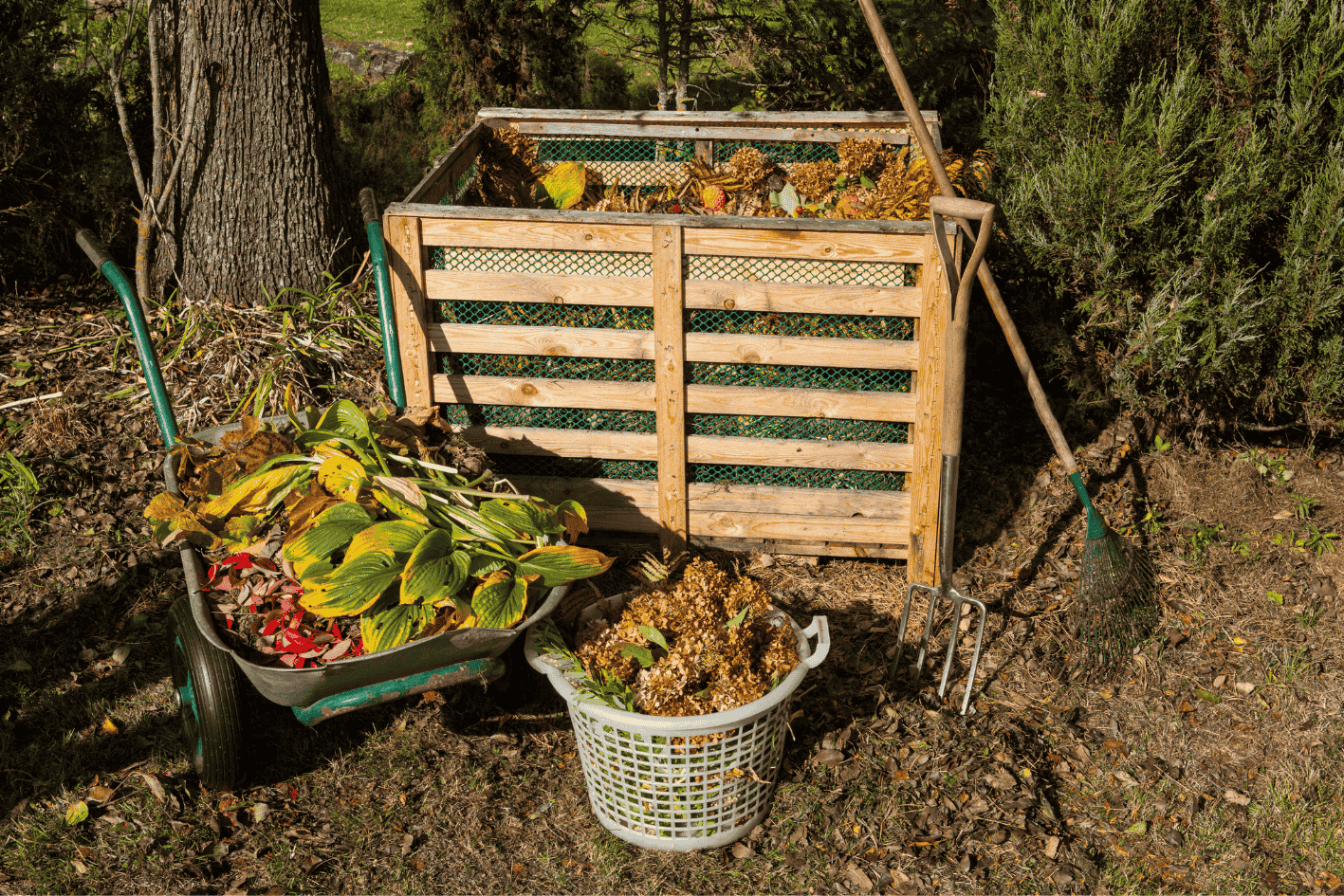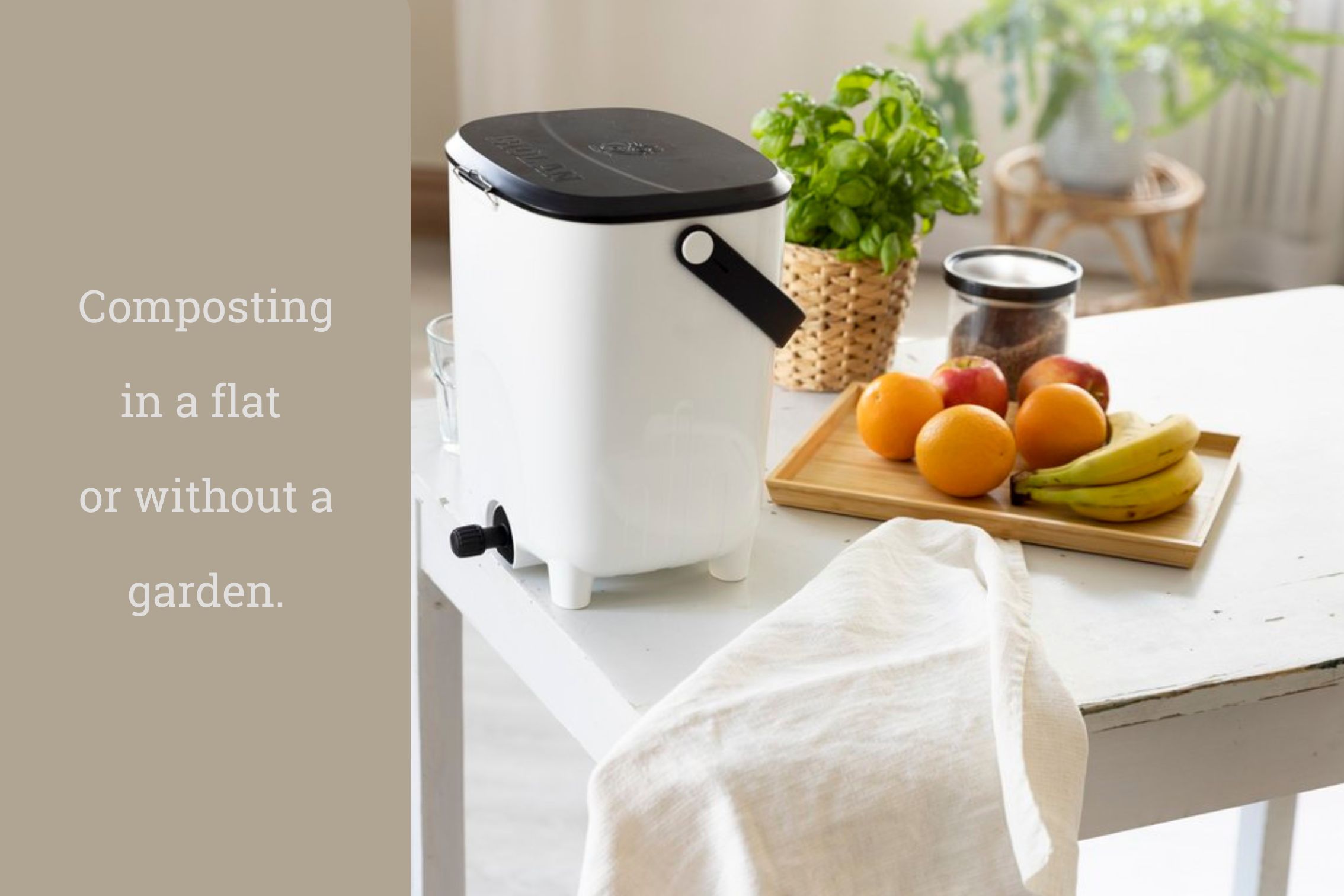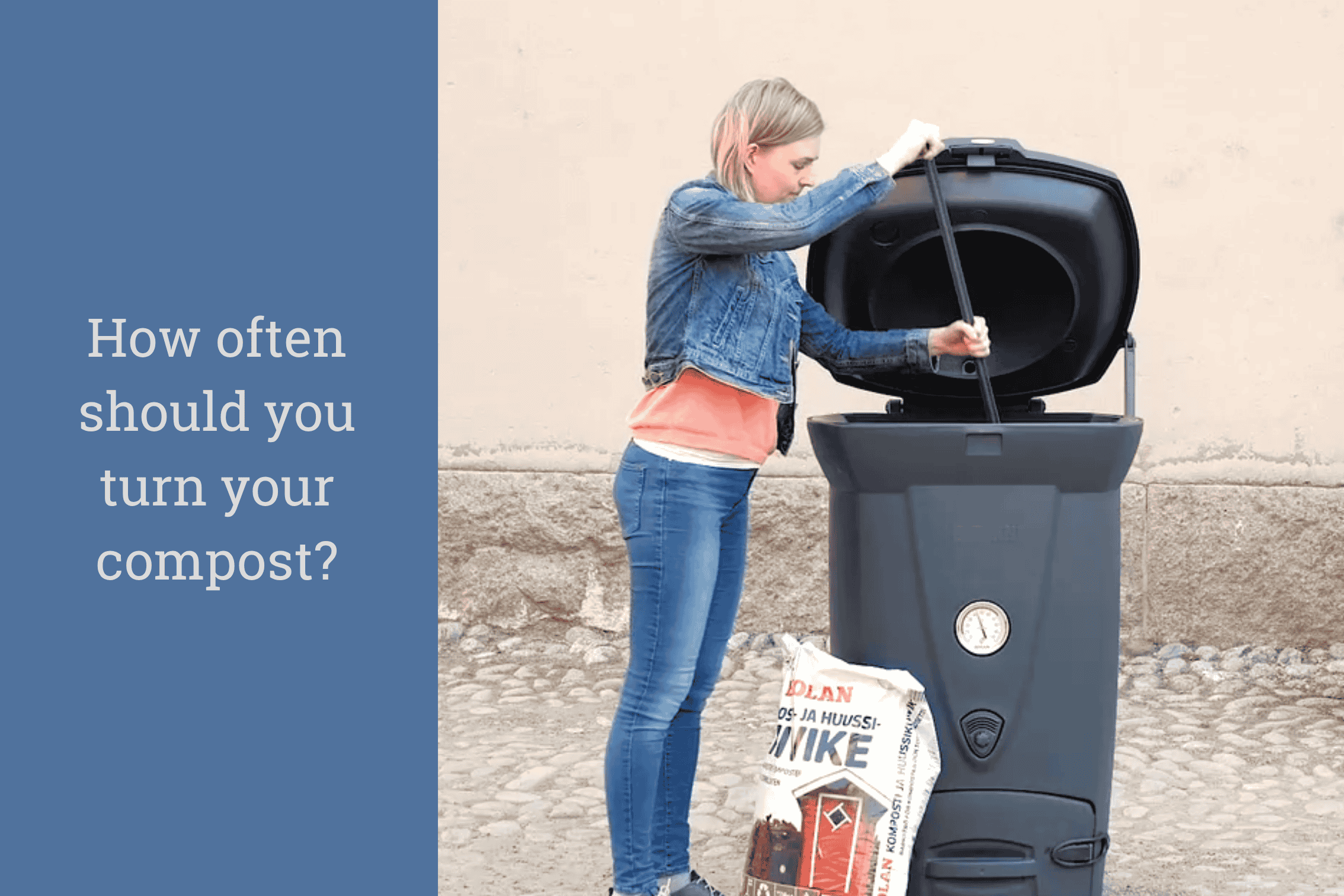
How to Keep Rats and Pests Away From Your Composter
Keep pests out of your compost bin with smart tips on what to add, how to balance materials, and ways to seal and protect your setup year-round.
If you’ve got a compost “dump” in your garden, chances are you’ve wondered at least once: Am I just feeding the local rodent population?
The short answer is: no, not if you do it right.
Composting is brilliant - good for the planet, great for your garden, and a fantastic way to cut down on food waste. But it can attract unwanted guests if you’re not careful, especially over winter when natural food sources dry up and warm compost tips look like a cosy bolt hole for rodents.
Here’s how to keep pests out.
Why Rats Love Composts
Let’s be fair to the rodents for a second - your compost bin is offering them:
- Warmth (a heated pile in the middle of winter)
- Shelter (dry, hidden, safe)
- Free meals (food scraps, seeds, peelings…)
The key is to remove the appeal, without compromising your composting success.
For Sealed Units (like the Biolan Quick Composter 220 Eco)
If you’re lucky enough to have a sealed, purpose-built composter like the Biolan eco 200 Quick Thermo-composter, you’re already off to a great start. These bins are specifically designed to keep pests out.
Here’s how to make the most of that design:
Keep the Lid Shut Tight - It sounds obvious, but it’s easy to forget. The Biolan has a tight-fitting lid - make sure it’s properly closed after every use.
Don’t Overfill - When bins are too full, lids don’t always close flush, and that’s when heat and smells leak out - both of which can attract rats. Keep it to the fill line. Also keep a balance between your green and brown materials. We recommend using a bulking material which helps to balance your compost adding the right amount of nitrogen and carbon as well as air pockets to keep your compost healthy.
Use the Bottom Hatch Properly
When removing compost, shut the hatch as soon as you’re done. Leaving it open is a direct invite for unwanted guests.
For Homemade Compost Heaps & DIY Bins
Choose a Solid Base
Place your composter on paving slabs or a concrete pad rather than bare soil. This makes it harder for anything to dig underneath.
Rodent-Proof the Structure
- Line the base and sides with wire mesh (about ¼ inch or smaller).
- Fix it securely so nothing can squeeze or dig their way in.
- Make sure any access panels or lids fit snugly.

Watch What You Add
Some things will attract pests so remember:
- No cooked food
- No meat or dairy
- No oily leftovers
Even with a sealed unit, the latter should be kept to a minimum to avoid upsetting your compost balance - but in a homemade setup, they’re practically an invitation. Stick to fruit and veg peelings, coffee grounds, tea bags, eggshells, and garden waste.
Balance It Out
Too much wet food waste can go a bit whiffy, which attracts more than just flies. Mix in dry browns - shredded paper, cardboard, sawdust, dry leaves (or bulking material)- to keep the smell down and the texture right.
Cover It Up
Use a lid, like a wooden board, to cover the top. This traps heat, hides food, and makes it harder for pests to get in.
General Pest-Proofing Tips
Whether you’ve gone eco composter (link) or something built to your own design these tips will help:
Regular Checks
Take a glance around your bin every week or two. Look for:
- Droppings
- Tunnels or burrow holes
- Gnawed corners
The earlier you catch a problem, the easier it is to solve.
Keep the Area Tidy
Compost bins surrounded by long grass, woodpiles, or overgrown shrubs are more appealing to pests. Keep the area around your bin clear - it removes hiding spots and shows any new holes or activity.
Keep Temptations away
Don’t leave bin bags, bird food, or pet food outside near your compost. Rats have great noses - they’ll come for the compost and stay for the bonus snacks.
Try Deterrents
- Peppermint oil soaked cotton balls can discourage rodents (they hate the smell).
- Motion-sensor lights or solar-powered deterrents can help in persistent cases.
- If things get bad, consult a professional pest control service - especially if rats have made a home under your bin.
Compost Smart
Composting doesn’t have to mean living with rodents. With the right setup and a bit of maintenance, you can compost cleanly, safely, and without any surprises when you lift the lid.
If you’re serious about composting year-round and want peace of mind, a sealed, insulated system like the Biolan Quick Composter 220 eco is a brilliant investment. But if you’re using a homemade version, don’t lose heart - a few smart tweaks can make all the difference.
Here’s to your bin staying pest-free and fabulous.
Useful links
Blog - Can I Compost During the Winter Months in the UK?
OTHER POSTS IN THIS CATEGORY:
.png)
The Biolan 220eco composter handles all food waste, including cooked scraps, all winter. Use bulking material for perfect, odour-free compost

Yes, you can compost in winter! Learn how to keep your bin active during the UK's cold months with tips, tools, and winter-ready composters.

Tired of smelly bins? Learn how to compost in your flat usingan indoor Bokashi bins, and turn your scraps into garden gold - even without a garden.

Find out how often to turn your compost, why it matters, and simple tips to boost breakdown and reduce smells in your garden bin.

Keep pests out of your compost bin with smart tips on what to add, how to balance materials, and ways to seal and protect your setup year-round.
.png)
Insulated aerobic composters speed up decomposition, manage odour, and work all year. Learn how they retain heat, regulate airflow, and simplify compo



